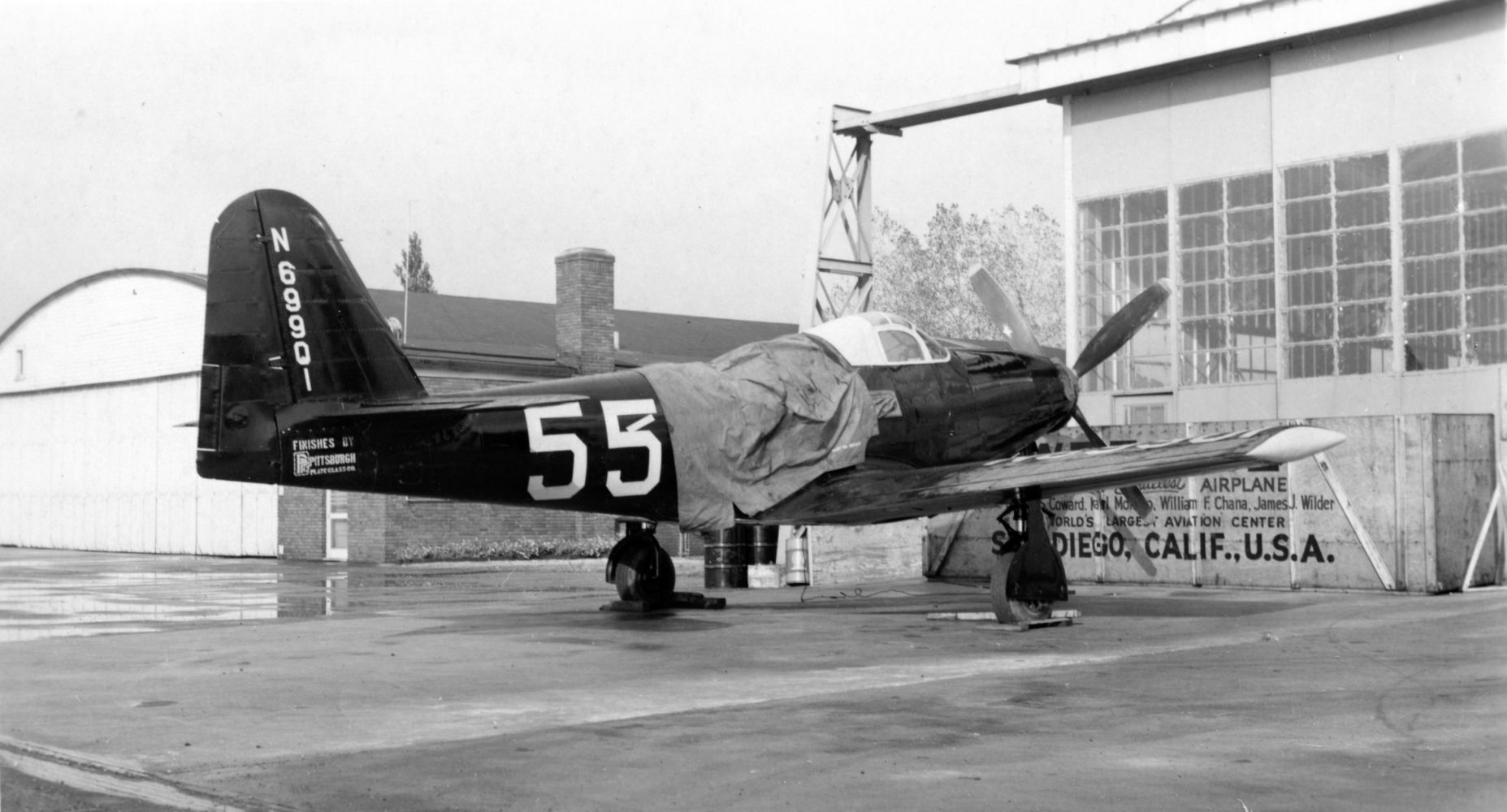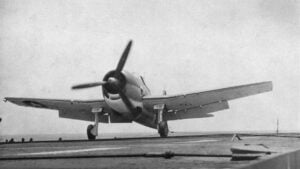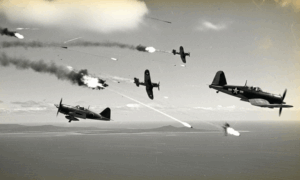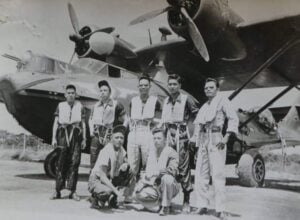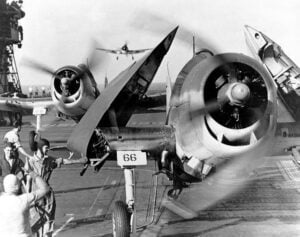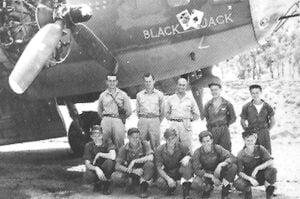The Story of Why the P-63 Was America’s Lost WWII Fighter
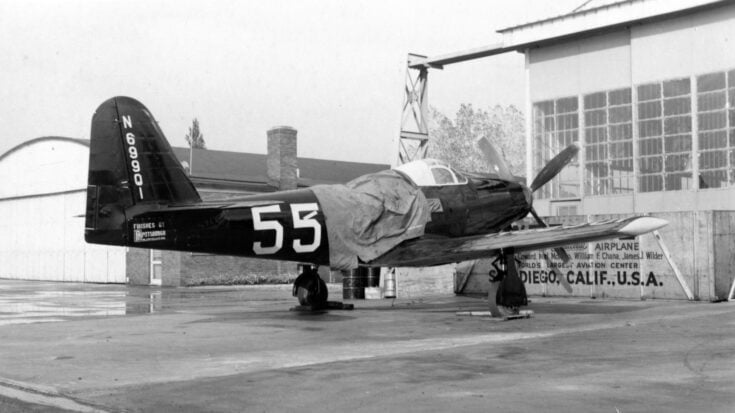
San Diego Air & Space Museum Archives, Public domain, via Wikimedia Commons
Among the many aircraft built during the Second World War, few are as overlooked as the Bell P-63 King Cobra. It was created with care, redesigned from the inside out, and shaped into a fighter that could have stood beside the famous machines of its era. Yet it slipped into the background, overshadowed by aircraft that reached the front lines earlier. Its story shows how timing, strategy, and practical needs shaped the fate of a capable machine.
A New Design in a Familiar Shape
At first glance, the P-63 looked much like the earlier P-39 Airacobra. It kept the long nose, the forward cockpit, and the unusual internal layout that placed the engine behind the pilot. This design allowed a cannon to fire through the propeller hub, giving the aircraft strong forward firepower and a balanced center of gravity.
The similarity, however, often hides the fact that the P-63 was almost entirely new. The fuselage was reshaped for better airflow, the wings were redesigned for greater lift and smoother handling, and the tail assembly was widened and strengthened for improved stability. The new four-bladed propeller set it apart visually, signaling the changes beneath the surface. A refined Allison engine gave the aircraft more reliable performance at a wider range of altitudes, solving one of the major complaints pilots had about the P-39.
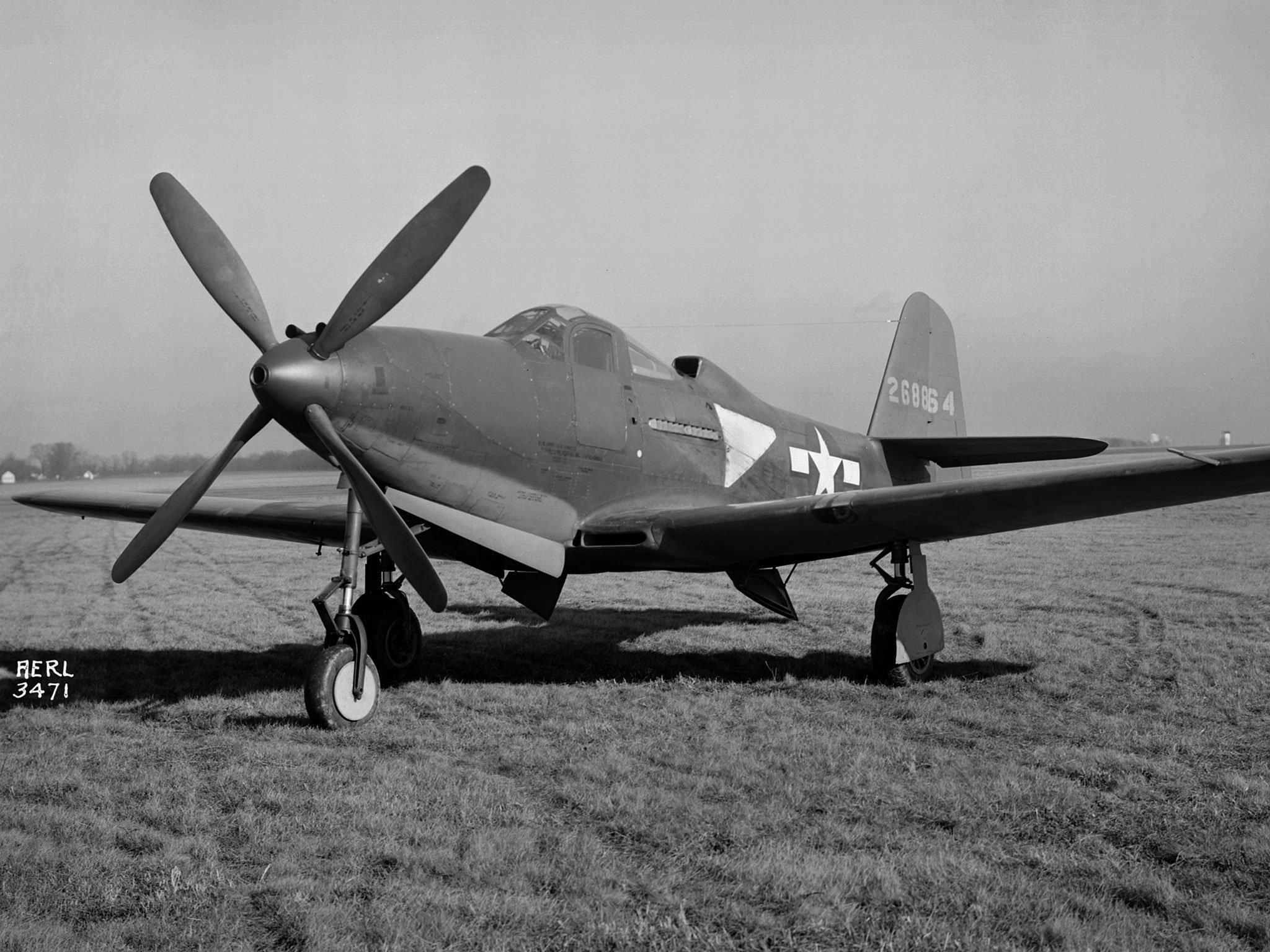
Improvement Without Deployment
By late 1943, the first P-63s rolled out of the Bell factories. On paper, the United States now had a fighter that climbed faster, delivered heavier strikes, handled more aggressively, and endured more damage than many aircraft already in service. Yet the aircraft never flew in American combat units, not because it failed tests, but because the timing worked against it.
By that point, the American air strategy relied on three main fighters: the Mustang, Thunderbolt, and Lightning. These aircraft already filled the required roles across several theaters. Logistics networks were established, spare parts were widely stocked, training was set, and factories were producing at full pace. Adding a new frontline fighter meant introducing new teaching materials, new maintenance routines, new equipment, and new planning. The military wanted fewer aircraft types, not more, and the P-63 arrived at a moment when the system favored stability over change.
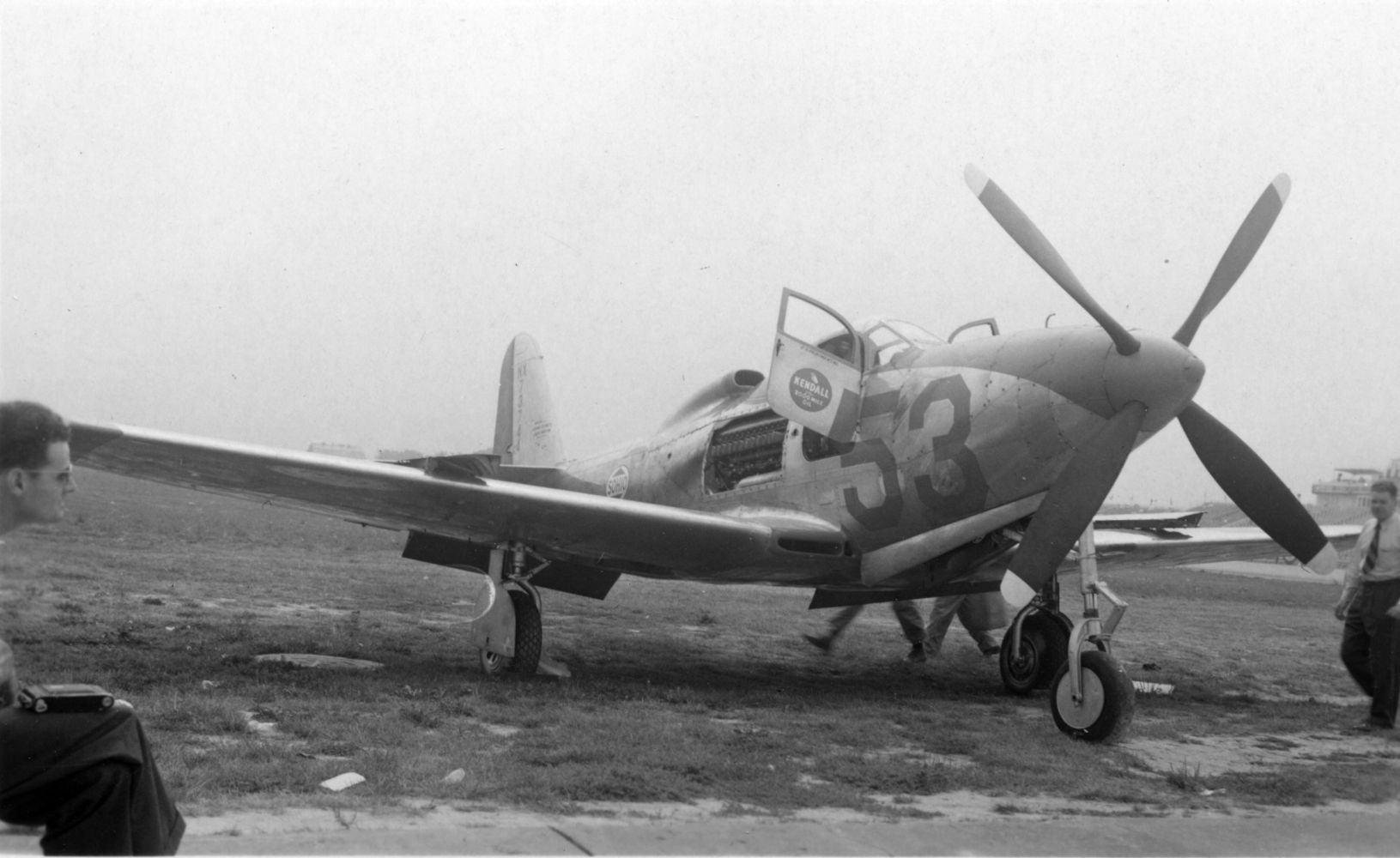
A Fighter Adopted Elsewhere
While the United States decided not to bring the King Cobra into combat, another major nation saw value in it immediately. Through the Lend-Lease program, the Soviet Union evaluated the P-63 and found it well-suited to the situations its pilots often faced. Most air battles on the Eastern Front took place at low or medium altitudes, the exact conditions where the King Cobra performed best.
The aircraft’s durability, strong nose cannon, and steady behavior during turns and dives made it appealing for a wide range of missions. Soviet pilots used it for air combat, escort flights, ground attacks, and border patrol duties. The mid-engine layout gave it a powerful and stable firing platform, especially useful in strafing runs. Its improved aerodynamics and stronger propeller gave pilots more control in tight or fast-paced situations. In their hands, the P-63 became a regular presence, serving actively through the conflict’s final years.
A Fighter Between Two Worlds
The unusual path of the P-63 leaves us with a machine that sits between recognition and obscurity. Designed and built in the United States, it never fought for the country that produced it, yet it became a valued aircraft elsewhere. It was carefully engineered, capable in the air, and well-liked by the pilots who flew it, but it entered history at a time when established aircraft dominated attention.
Books and documentaries on wartime aviation often mention it only briefly, overshadowed by machines that reached combat earlier and gathered more stories. Even so, the King Cobra reflects a notable chapter in aviation history. It was shaped by skilled engineers, tested with high expectations, and remembered by those who saw what it could do, even if it never gained widespread fame.
